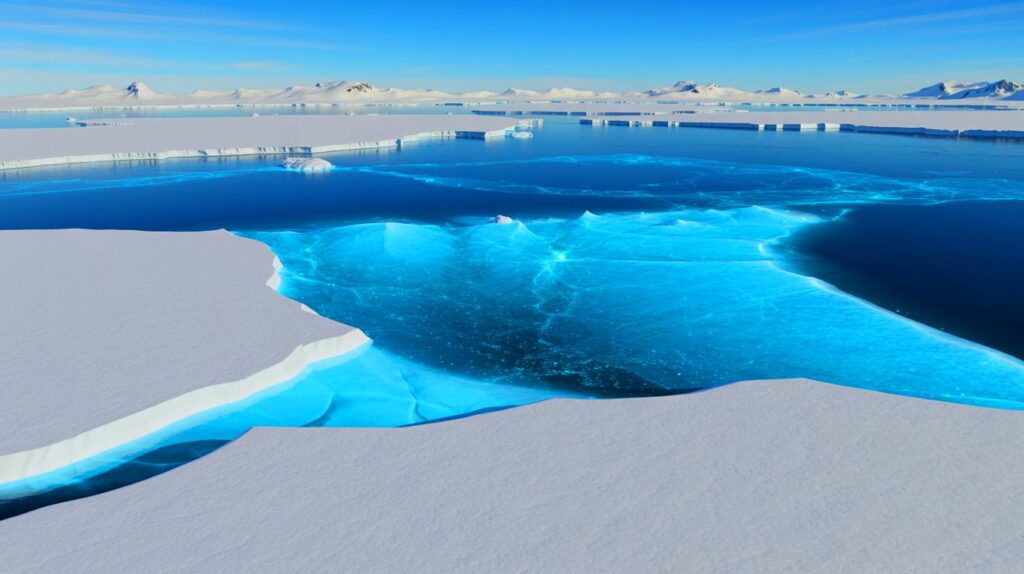Recent advancements in satellite technology, especially the European cryoSAT-2, have revealed numerous subglacial lakes hidden beneath Antarctica’s ice. These lakes, part of an interconnected hydrological network, significantly influence glacial movement and sea level rise. Previously thought to be static, Antarctica’s landscape is now understood to be dynamic, with researchers identifying 85 new active lakes, bringing the total to 231.
When these lakes drain, they act as lubricants, reducing friction and accelerating glacier flow towards the ocean by up to 10%. This acceleration impacts climate models, which currently lack data on these hidden systems, making predictions about sea level rise incomplete. Understanding these subglacial lakes is crucial for developing accurate climate models and addressing the risks posed to coastal communities.
Overall, this new knowledge emphasizes the complexity and sensitivity of Antarctica’s hydraulic systems and raises essential questions about mitigating climate change effects.
Source link


